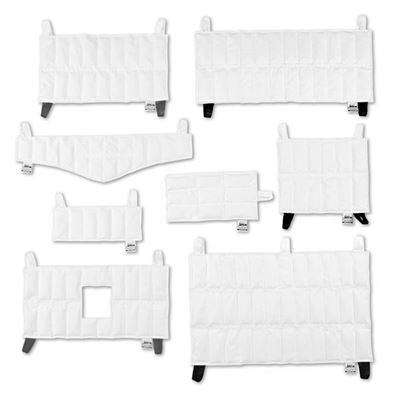The idea of a cotton wrapped, silicate or clay gel pack, suspended in a thermostatically controlled water bath, or ‘hydrocollator’, was first developed by the Chattanooga Pharmacal Company in Tennessee, USA in 1947. It was a way to deliver heat to patient’s tissues more efficiently than through the air, whilst holding heat longer than the heated towels used by Sister Kenny in the treatment of polio.
Delivering heat to human tissues through liquid had been a practice enjoyed by humans since the discovery of bathing, and mud/clay were known to be excellent way to prevent heat loss. The hydrocollator packs were taken from the thermostatically controlled metal water bath, wrapped in towels, and placed on the affected body part. Heat would be retained for about 20 minutes, at which time, other treatments, or more heat could be applied.
Hydrocollator units were a cheap and convenient way for therapists to reduce pain, swelling, and spasm, and were often used prior to other more active modalities of treatment.
Description provided by Dave Nicholls of New Zealand.
References:
Licht S, Editor. 1965. Therapeutic heat and cold. Baltimore: Waverly Press.

